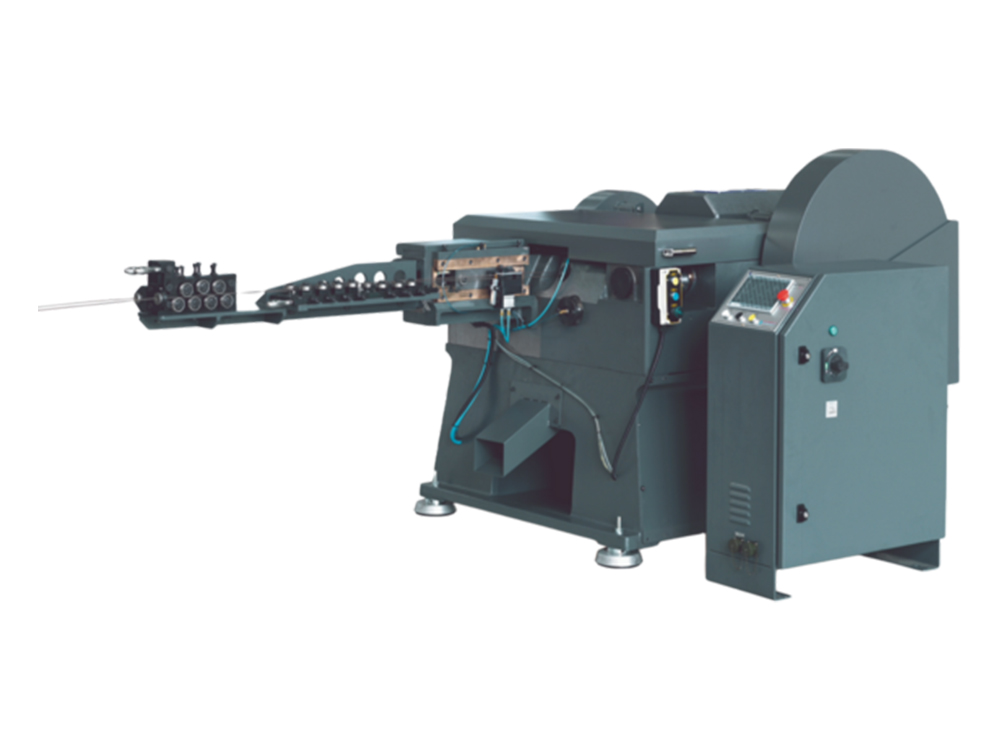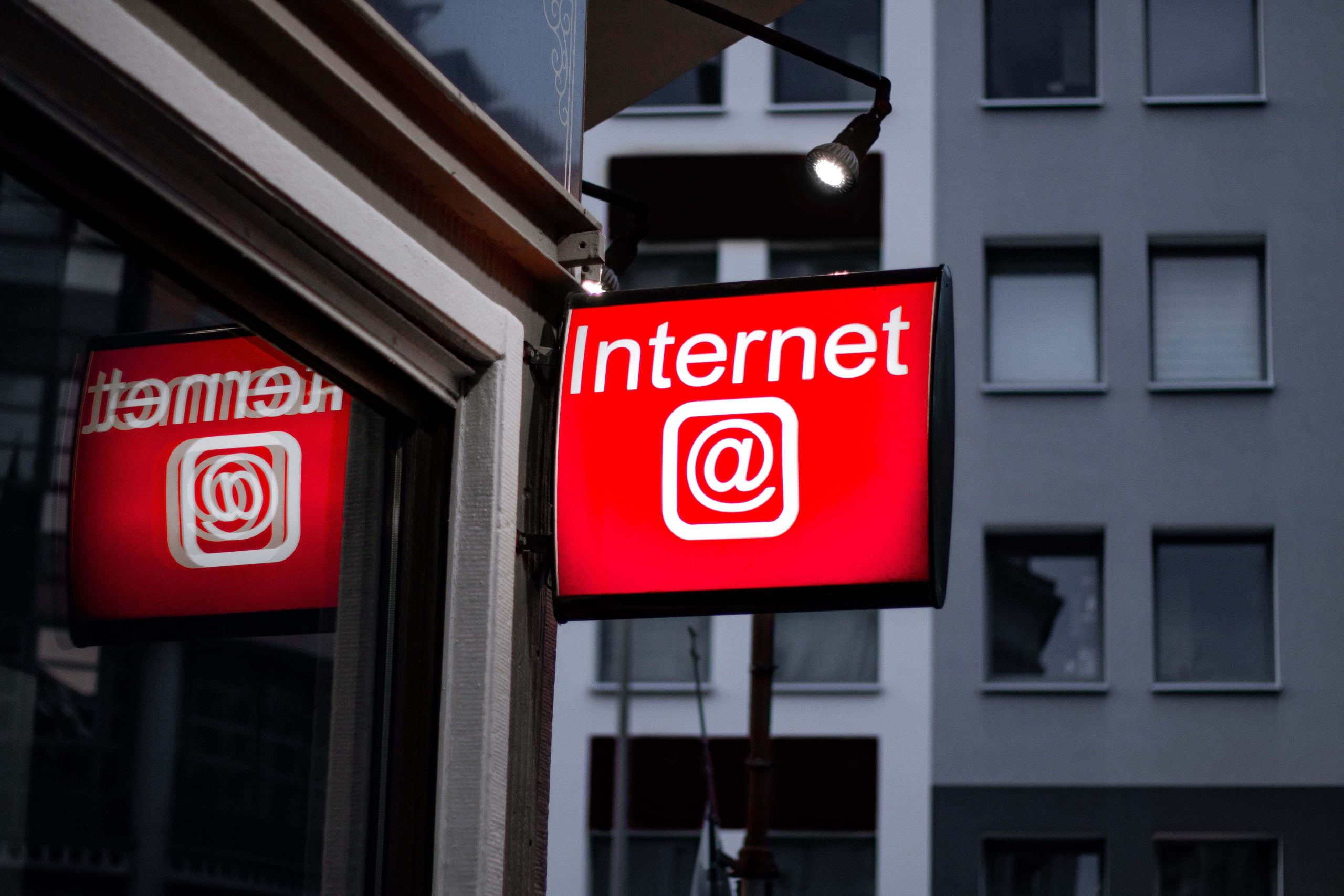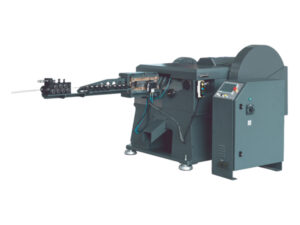Packaging helps brands differentiate themselves from the competition by delivering value and improving brand perception. It can also enhance customer loyalty, increase repeat business, and facilitate product distribution.
Mintel reports that consumers are especially interested in the way products are dispensed. For example, a beauty product’s innovative dispenser can boost sales and reduce waste.
Aesthetics
Aesthetics is the judgment of beauty. It can be based on many factors, such as emotions, intellectual opinions, will, culture, values, subconscious behavior, conscious decisions, or sociological institutions. It is a broad field divided into several sub-fields, including the philosophy of art and the theory of taste.
The importance of aesthetics has shifted mainly from traditional objective standards to free choices by consumers. Harmony, balance, and proportion principles are essential for evaluating art.
Aesthetics can be influenced by product packaging, which must communicate the right message to the target audience. Technology products, for example, often come in sleek designs that reflect the image of innovation that the brand wants to project. The design of a product’s packaging can influence consumers’ purchasing decisions. For this reason, choosing a packaging material that will attract the target market and help increase sales is essential.
Functionality
As a customer’s initial point of contact with a brand, product packaging significantly impacts perception. Product packaging and design solutions that are distinctive and imaginative can make your business stand out, increase client loyalty, and raise awareness.
Whether through transparent windows or images, a visual representation of the product on the package allows customers to evaluate its functionality at a glance. For example, clear packaging allows consumers to assess electronic device size, shape, and color, helping them make informed purchasing decisions.
This study investigates the relationship between product pricing and product information on packaging, with consumer buying behavior as a dependent variable and customer satisfaction as a mediating factor. In line with expectancy disconfirmation theory (EDT), the results suggest that the expectation and perceived quality of the product influence consumer satisfaction. Additionally, the findings indicate that thinking styles modulate this relationship. Specifically, holistic thinkers have more positive attitudes toward products with innovative visual design than analytic thinkers do.
Sustainability
Sustainability is a powerful differentiator that can help brands win loyal consumer support. However, brands must be careful not to play upon popular perceptions simply. Instead, they should focus on demonstrating genuine sustainability values and authentically promoting them.
In addition to the environmental impact dimension, other factors, such as social and psychological dimensions, should also be considered. These include the customer’s trust in the product’s novelty and perceived quality.
According to previous research, food waste reduction is a primary consumer concern regarding sustainable packaging. A principal component analysis identified distinct consumer perception clusters using multivariate data and an ANOVA general linear model. Specifically, participants motivated to reduce food waste were more concerned about selecting biodegradable or recyclable packaging. Additionally, these consumers were more likely to support the company’s policies and actions related to employee welfare. Additionally, affluent individuals were more motivated to reduce food waste than those with a lower income.
Value products’ packaging is essential in conveying critical information to consumers. For example, the label of a technology product may inform them about its size and features, while the packaging might provide detailed nutritional information and usage instructions. This information empowers consumers to make choices aligned with their preferences and dietary needs.
In addition, a well-designed package can create instant recognition in a crowded marketplace. Consistent color schemes, logo placement, and typography across different products can help build brand recognition by establishing a visual signature that consumers can recognize.
Further research is needed to determine how consumer perceptions of packaging can be shifted towards greater sustainability. It will require a mix of education initiatives and on-pack communication designs. Additionally, policymakers must promote SFP innovation to address the current gap in consumer behaviors and reduce food waste. By 2030, it is estimated that we must halve global food loss and waste, which will require innovative packaging design.

















